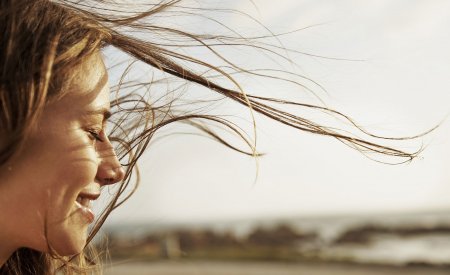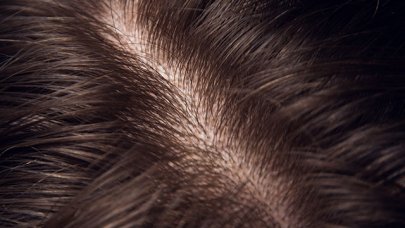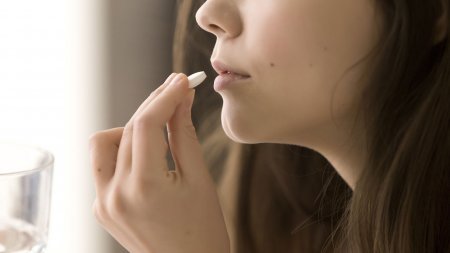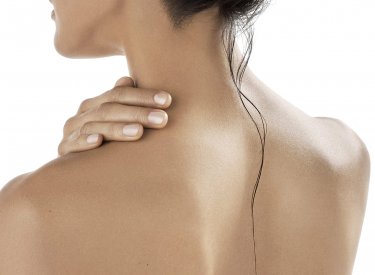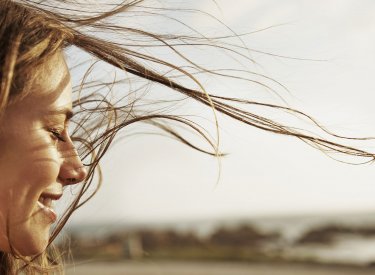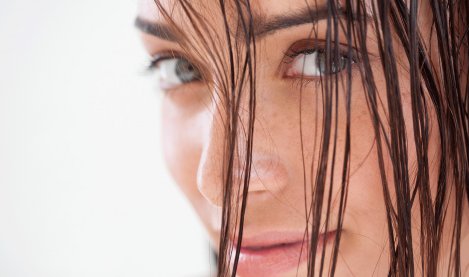Ανακαλύπτω το δέρμα μου
Πώς μπορείς να αποκτήσεις όμορφα, υγιή μαλλιά
To keep hair healthy, you must first take care of the scalp where the bulb is rooted because this is where cells multiply with fuel from essential elements: oxygen, nutrients and mineral salts. Hair and scalp hygiene and treatment products must be adapted based on potential problems like itching, irritation, hair loss and hair that is oily, dry or thin.
